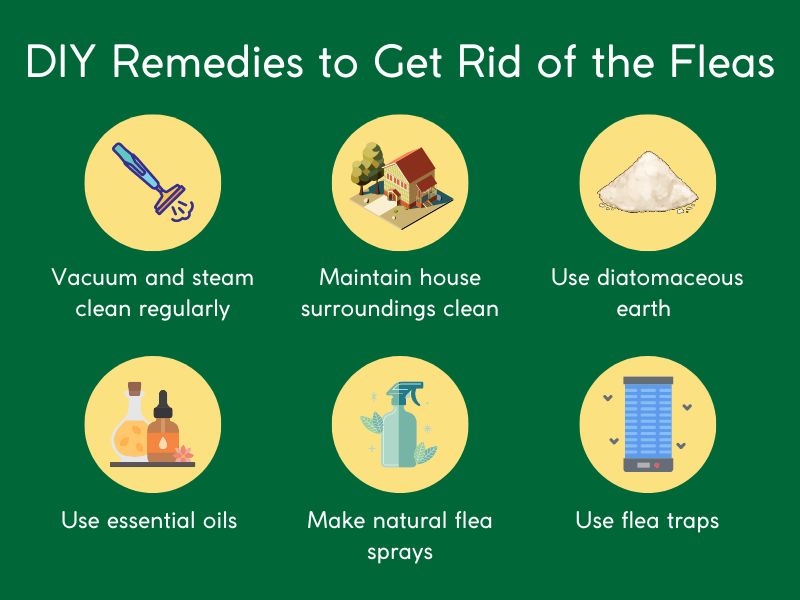
Fleas are tiny, wingless insects that can quickly infest pets and humans, causing intense itching and irritation. These pests thrive in warm, humid environments and feed on the blood of their hosts. While fleas may seem like a minor nuisance, they can transmit diseases and cause allergic reactions. Understanding how to effectively control flea infestations is crucial for maintaining a healthy and comfortable living environment.
This article will delve into the various methods available for eliminating fleas, covering everything from identifying signs of infestation to implementing preventative measures. We’ll explore effective flea control strategies for both pets and your home, empowering you to take control and reclaim your space from these pesky invaders.
Flea Infestation Symptoms
Recognizing the early signs of a flea infestation is essential for prompt action and preventing further spread.
Fleas are often detected through their bites on humans and pets. These bites typically appear as small, red bumps that may be itchy and clustered together. Pets may also exhibit excessive scratching, licking, or biting at their fur, particularly around the neck, ears, and tail base. Look for black specks in your pet’s fur – these are flea dirt, which is composed of digested blood.
In severe infestations, you might notice fleas jumping on your pet or even crawling on furniture and carpets. If you suspect a flea problem, it’s important to act quickly to prevent the infestation from worsening.
Effective Flea Control Methods
A comprehensive approach to flea control involves targeting both pets and their environment.
Pet Treatment Options
Treating your pets is crucial for breaking the flea life cycle. Consult with your veterinarian to determine the most effective flea medication for your pet’s age, weight, and health condition. Options include topical treatments, oral medications, and collars that release insecticides over time. These products work by killing adult fleas or preventing them from laying eggs.
Environmental Control
Treating your home environment is equally important in eliminating fleas. Vacuuming regularly, especially in areas where your pet spends time, can remove flea eggs, larvae, and adults. Dispose of the vacuum bag immediately after use to prevent reinfestation.
Vacuuming for Flea Removal
Vacuuming plays a vital role in removing fleas from your home. Focus on areas where your pet frequents, such as carpets, rugs, furniture, and bedding. Pay special attention to cracks and crevices where fleas may hide. After vacuuming, empty the bag or canister outside in a sealed container to prevent fleas from escaping.
Consider using a HEPA filter vacuum cleaner to capture even smaller flea eggs and larvae. Vacuuming frequently, at least twice a week, can significantly reduce the flea population in your home.
Maintaining a Clean Environment
A clean living environment is less hospitable to fleas. Regularly wash your pet’s bedding in hot water and dry it on high heat.
Clean floors with a disinfectant cleaner to kill fleas and their eggs. Keep your yard trimmed and free of debris, as these areas can provide shelter for fleas.
Conclusion
Fleas are a common nuisance that can cause discomfort and health problems for both pets and humans. By understanding the signs of infestation and implementing effective control methods, you can effectively eliminate fleas from your home and protect your loved ones. Remember to treat both your pets and their environment with appropriate flea control products and maintain a clean living space to prevent future infestations.
